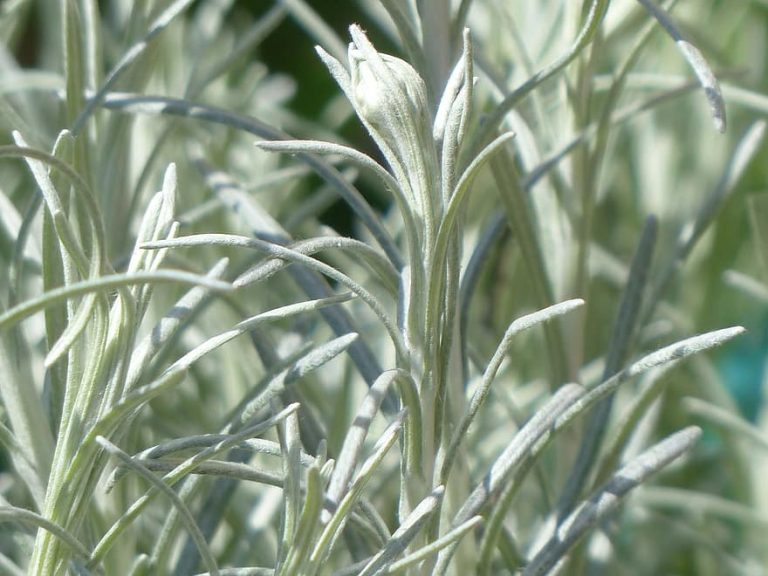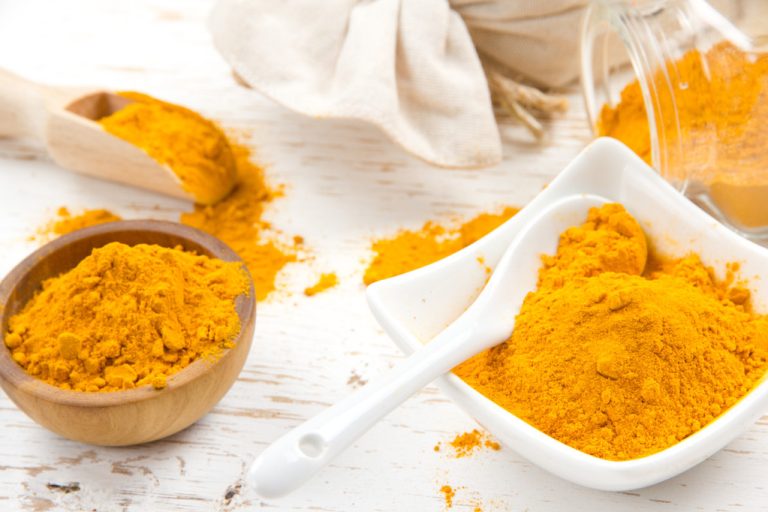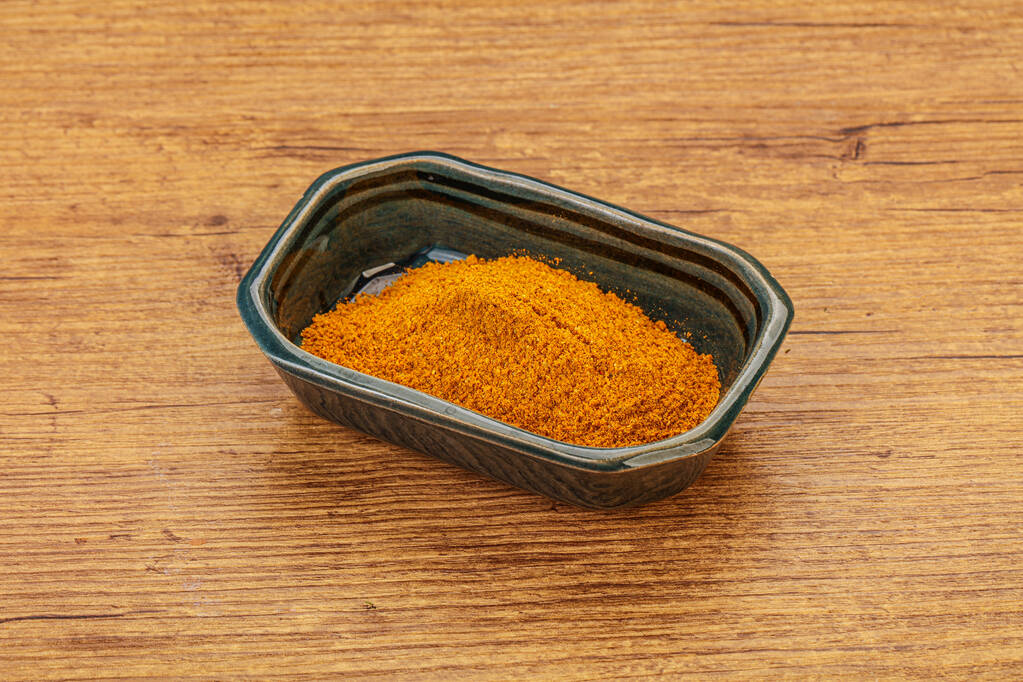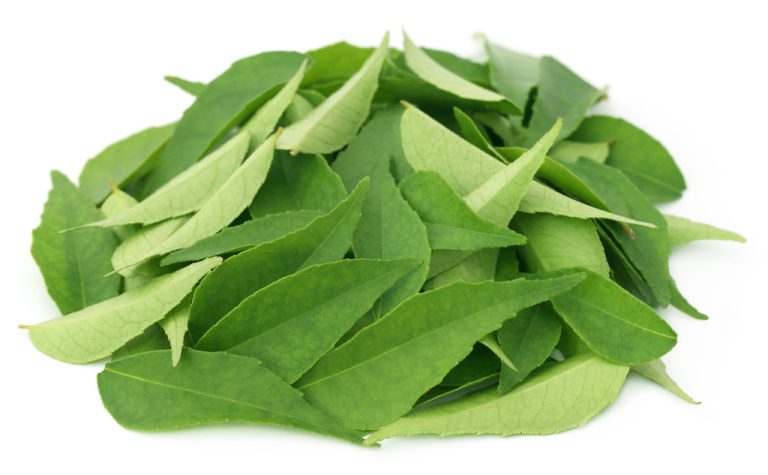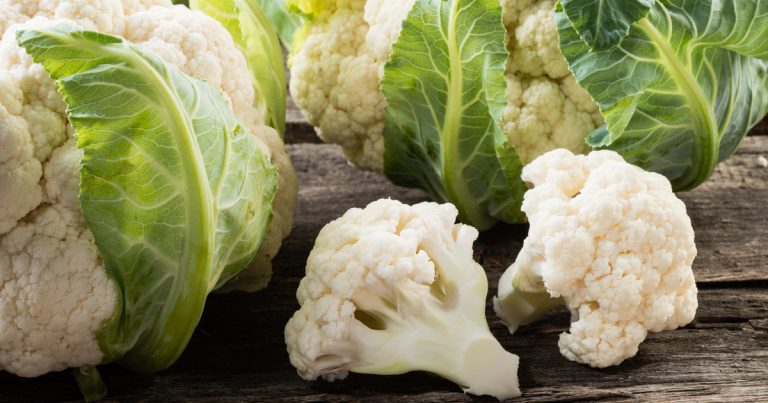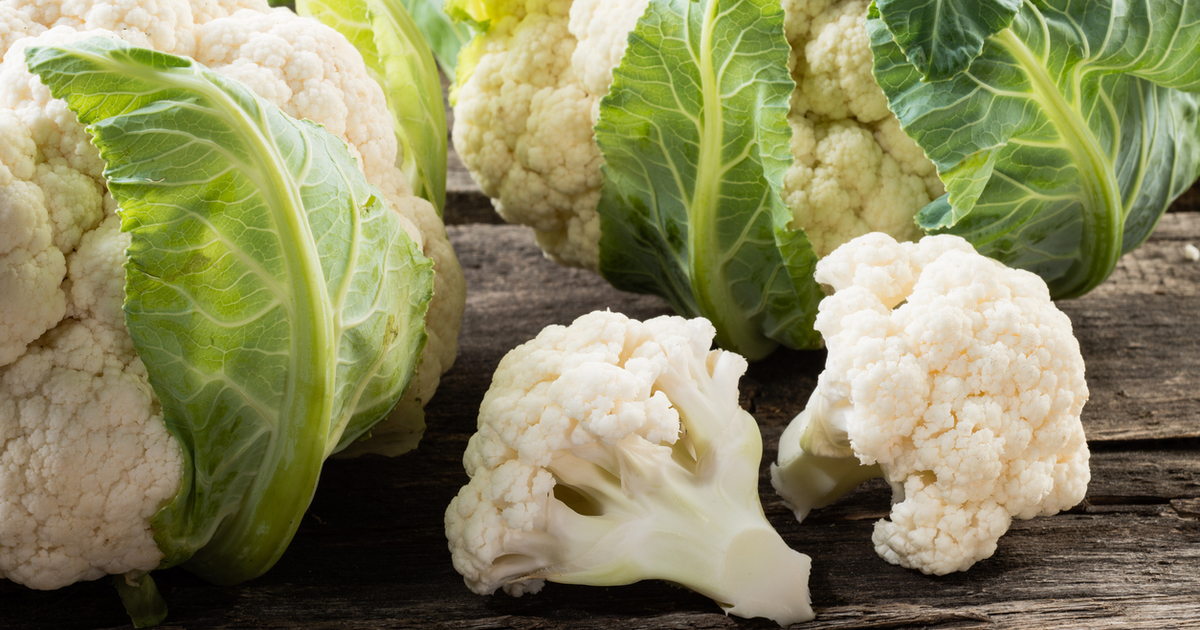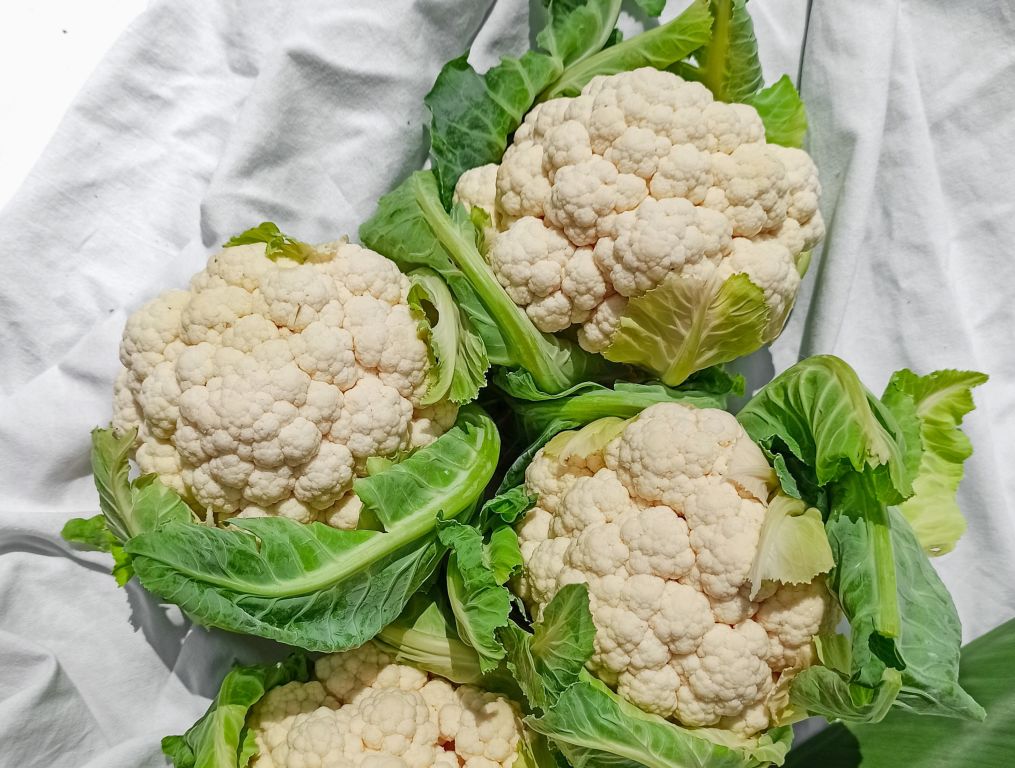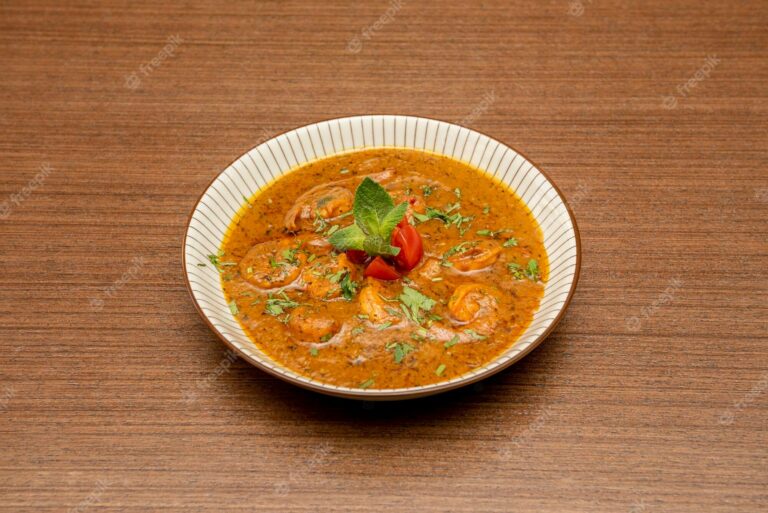What is Caril de Galinha?
Caril de Galinha, also known as Chicken Curry, is a popular dish in Portuguese cuisine. This dish is made by cooking chicken pieces in a flavorful sauce made of curry powder, coconut milk, and other spices. It is typically served with rice and garnished with fresh herbs like coriander.
The dish has a creamy texture and a spicy flavor that is loved by many people around the world. Chicken Curry is a hearty and satisfying meal that is perfect for any occasion, whether it’s a family dinner or a special gathering with friends. It’s easy to prepare and can be customized with different ingredients to suit your taste preferences.
History and Origin of Caril de Galinha
Chicken Curry has its roots in Indian cuisine. When the Portuguese arrived in India in the 16th century, they were introduced to a variety of new spices and ingredients. They brought these flavors back to Portugal and adapted them to suit their taste preferences.
Over time, Chicken Curry became a popular dish in Portugal and other countries with Portuguese influence, such as Brazil and Goa. Each region has its own unique spin on the dish, but the basic recipe remains the same – chicken cooked in a flavorful curry sauce.
Ingredients and Preparation of Chicken Curry
To make Caril de Galinha, you will need chicken, curry powder, coconut milk, onion, garlic, ginger, tomato, and spices like cumin and coriander. The chicken is first marinated in a mixture of curry powder, salt, and pepper. Then, it is cooked in a sauce made of coconut milk, onion, garlic, ginger, tomato, and spices.
The onion, garlic, and ginger are sautéed in oil until they are soft and fragrant. The tomato is added next and cooked until it is soft and has released its juices. The curry powder and other spices are then added to the mixture and cooked until fragrant.
Finally, the chicken is added to the sauce and cooked until it is tender and fully cooked through. The dish is then served with rice and garnished with fresh coriander. This recipe can be adapted to include other ingredients like potatoes or vegetables, depending on your taste preferences.


